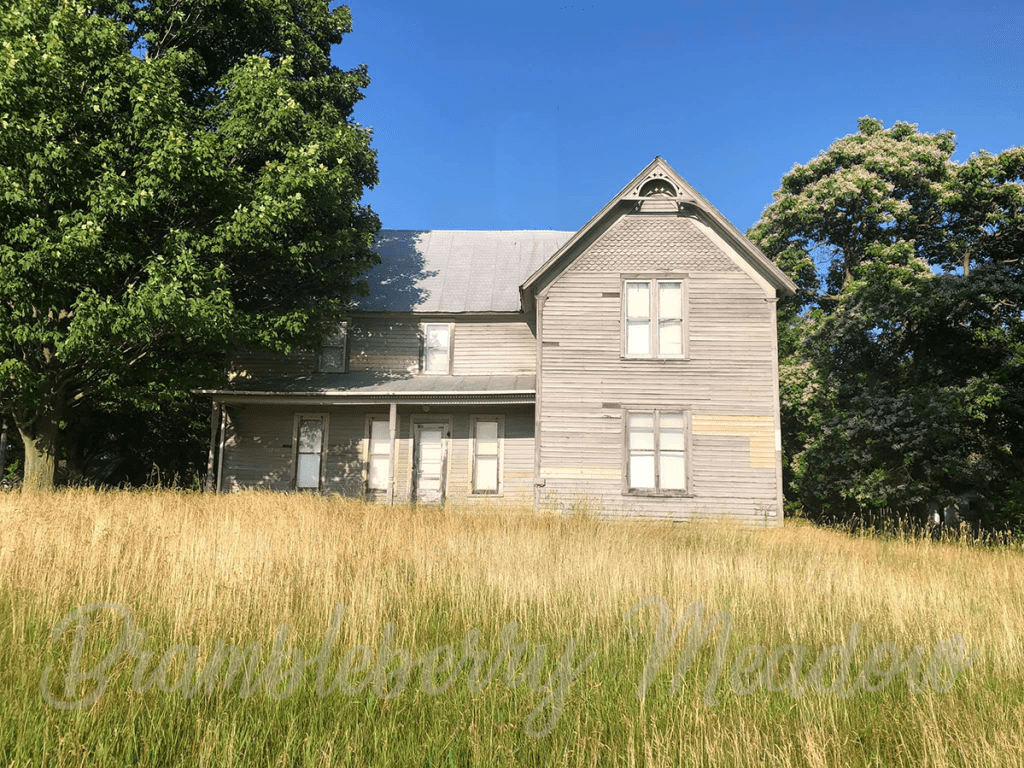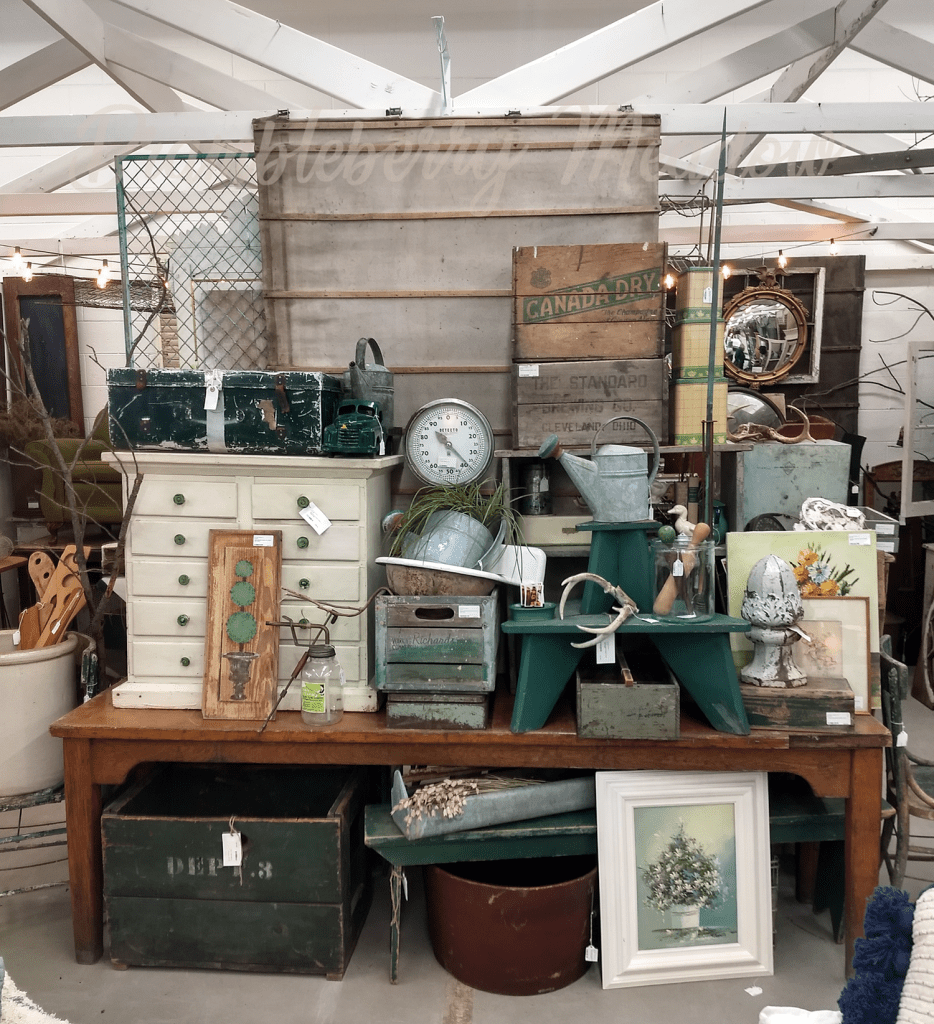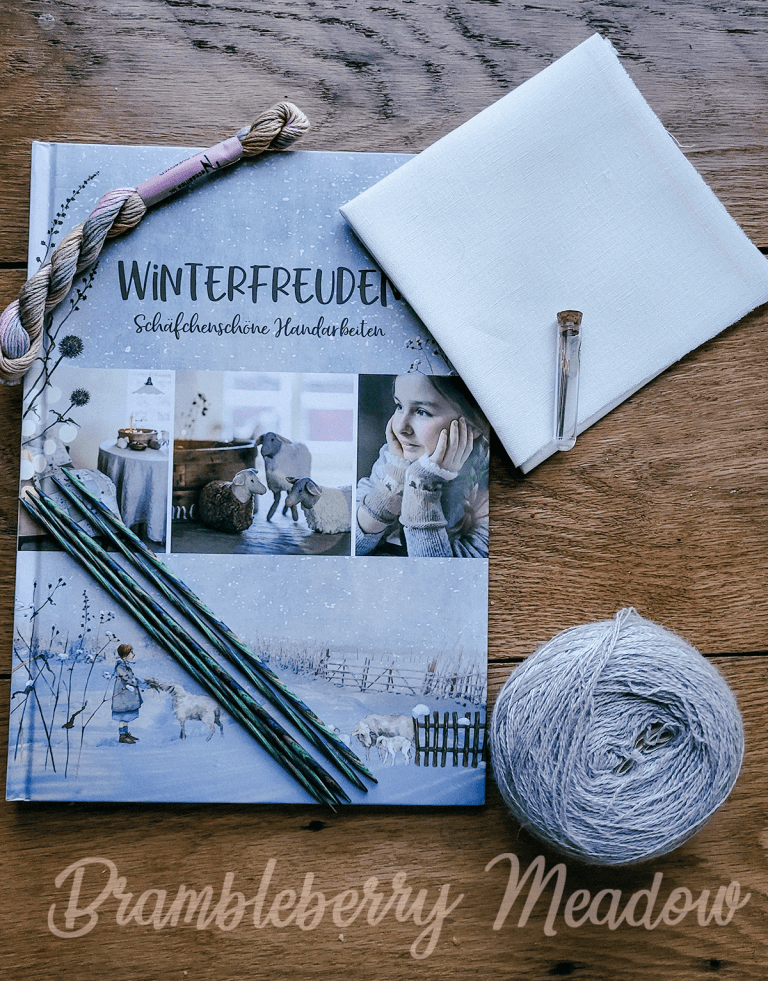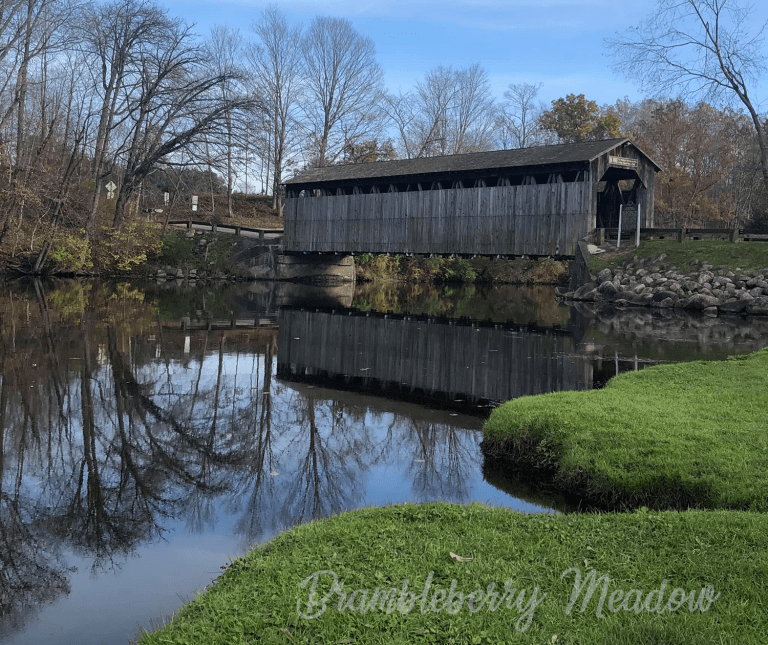Of Fads and Farmhouses
I confess that my guilty pleasure lately has been binge-watching “Home Town.” Given that it was already 5 seasons deep by the time I found it, I think it’s safe to say that it’s found an audience. The appeal of the show goes beyond the Young Southern Couple and their folksy charm, and also beyond the usual home before and after reveal structure. Erin steals hearts and induces tears in her clients with her knack for creating a house that feels like a home. Ben, for his part, makes sure that something handcrafted goes into each project, as well.
The Napiers are experts at tying people to their new place. Favorite colors, sentimental treasures, pieces of furniture with a story. But that isn’t all there is to it. Unlike another certain trendy style-maker whose “farmhouse” look took the world by storm, the houses we see in Laurel, Mississippi are all very different. The range of rooms that parade across the history of American architecture from Edwardian and Folk Victorian to Craftsman bugalows or very Southern vernacular cottages, there isn’t ONE style in play here. Now, the corporate world has made a strong attempt to categorize Erin’s style. I’ve seen it described as everything from “Grandmillenial” to “Granny Chic,” always accompanied by a list of recommended pieces YOU can buy at your favorite online retailer to replicate the look.

And yet, all those viewers who run off to buy the latest “farmhouse” plan in the newest Toll Brothers planned community, and fill it with everything that Wayfair, Target, and Pier One have to offer turn around and find that.. something isn’t quite “on.”
Are the walls the wrong color?
Maybe there should be real hardwood instead of LVP.
Let’s try rearranging the items on the gallery wall.
That’s not it. The house is missing a heart.
Let’s take a look at one of the current popular internet pages on “Granny Chic,” over at The Spruce. Notice how vague the recommendations are. Color! But any color. Pattern! But any pattern. “For many people, “granny” is synonymous with “cozy.” ”
Well, no. They’re associating “Granny” with “home.” Walking into Grandma’s house and immediately feeling comfortable, loved, and relaxed.
Why, now, has the need to feel like home is “home” becoming so powerful? It could be a reaction to the overly-white, overly-minimal, overly repetitious style that’s been a big trend.
Or, it could be because we miss home. I refer you back to “Home Town.” Some of the episodes that really stand out are those in which the homeowners ask Ben and Erin take on the reahbilitation of a beloved, inherited property. Some of these old homes are nearly rotted through. Sometimes they have to be moved to a new location. Often they’re tiny. Filthy. Currently the home of bats, buzzards, or other wildlife. But memory and the feeling of belonging TO that place remain. And these instances are among the most emotional of the “reveals.”
Few of us, in this day and age, will move into the house we grew up in. Fewer still live in a house that has been repeatedly added on to, in order to accomodate multiple generations under one roof. Much more common, today, for us to move away from the town of our birth. To bounce from home to home. We might paint, change a light fixture. But we leave our touch lightly on each house we live in, before moving to the next.
Old houses, when they remain in the family, accrete. Layer on layer of memory, event, item and change build on one another like wallpaper over wallpaper.
We live in an age when all the ads that start cropping up on your social media after you read this artcile will start selling you all the Things!(TM) you need to feather your nest. But the mass market “character” is still a lie, sold to people who have neither those character-filled items of their own nor the eye for curating a collection of acquired bric-a-brac into a personal story.
Which is really the difference between Erin’s effort to tailor a house to the owner and the puff pieces on decorating blogs that lead to all the houses I see on the Parade of Homes that have tobacco baskets and giant clocks on the wall.
I didn’t inherit a house. But the little house I DO have is still at least partially decorated in what I like to call “Early American Hand-me-down” – furniture and fittings from my parents, grandparents, and other relatives who passed worn, but still good items to me when I was young and starting out. Over the years, I’ve added my own choices. And developed the habit of frequenting antique stores and vintage sales, often coming home with things I remember being owned by an older relative. It strikes a cord when I see a Pyrex bowl just like the one that always held the mashed potatoes for Thanksgiving at Grandma’s. But there is all the difference in the world between the slow collection of meaningful items, and the mass acquisition of trendy “vintage” decor. Let me demonstrate. I spent an hour to myself a few weeks ago, wandering The Found Cottage.

Now, none of the treasures in this photo came home with me, but a few of them were definitely tempting. The galvinized trug was tempting, but I have nowhere to put it. Some of the artwork was interesting, but I have a couple pieces by a local artist I have yet to get framed, so I opted not to add more.

All of this was neat, too. I do love ironstone, although its tendency to chip means I don’t keep a lot of it out. The round window was a show-stopper, too. It was tempting to bring that home and see if I could find a place in the Future House for it. Still thinking that one over.
But can you see the difference between these sorts of pieces, and buying a matched collection of “decor” at Hobby Lobby? I mean, nothing says My Style like four identical “paintings” on an endcap:

Or perhaps some galvanized or enameled containers. (Pro tip: You will not find a genuine vintage “tiered stand” made out of galvanized anything, ever.)

Now, I will agree that tins are a very practical way to store flour. I keep my flour in a tin. It just doesn’t say “Country Farm Flour” on it. Here’s mine:

This is a tin that once held slush frozen cherries. Now it holds twenty pounds of flour. And is a little bit of nostalgia for me. Mom used to get frozen cherries in this same kind of tin, and then can them. Dad absolutely loves cherries, so she made sure to always have some around to make pies and other pastries. Then, the leftover tin made a great flour bin. The lid fits VERY tightly. It was my job to run upstairs to the spare closet and bring this tin down whenever she needed more flour.
I’ve added a second tin, that’s also a vintage cherry tin, but came from an orchard in West Michigan near a town where some of my family once lived. That one has twenty pounds of sugar in it.
The difference between repurposed cherry tins, that have meaning and a story, and an enameled tin reading “Country Fresh Flour” is a microcosm of the difference between a house with history, filled with things that have story and a tract home filled with the latest Pinterest trends.
Homes – real, human habitations – are filled with story. Memory wafts through every room. Maybe every room doesn’t photograph for the perfect Insta post. But you can’t order every item on the mantel from West Elm, either. Because they mean something.
Create a place for yourself and your family that means something.








Yes, a thousand times, yes! What a beautiful post. And I love your cherry tins!
Yes, yes and yes!!! It’s hard to wait for the collected look that takes years, but the end result is the perfect farmhouse feel.
This is exactly why I tell people I decorate my home like a grandmother. Because all that vintage and antique and American hand me down has history and that means it has a story. It’s lived and you can feel it. I don’t hardly even walk into hobby lobby anymore because I feel exactly as you do. There’s no heart. Just “stuff”. Thanks for this article, couldn’t agree with it more.